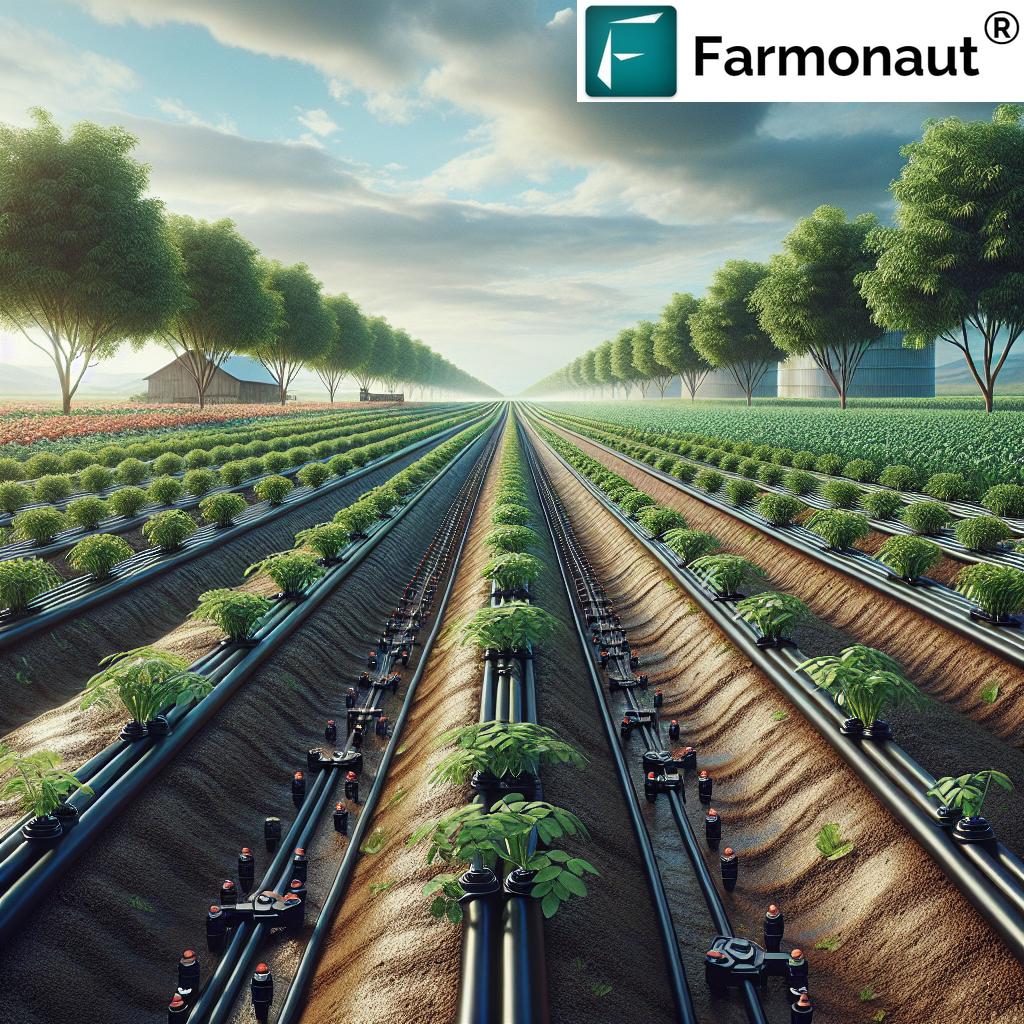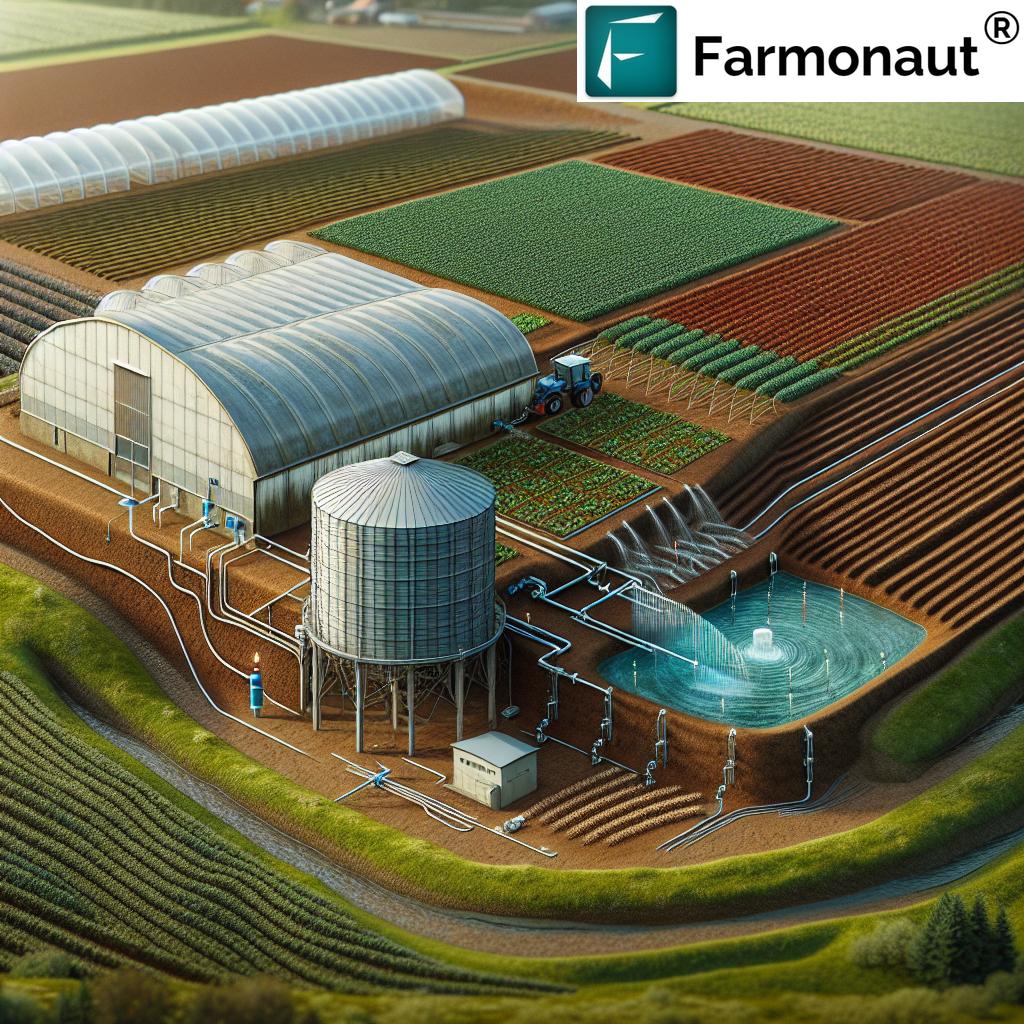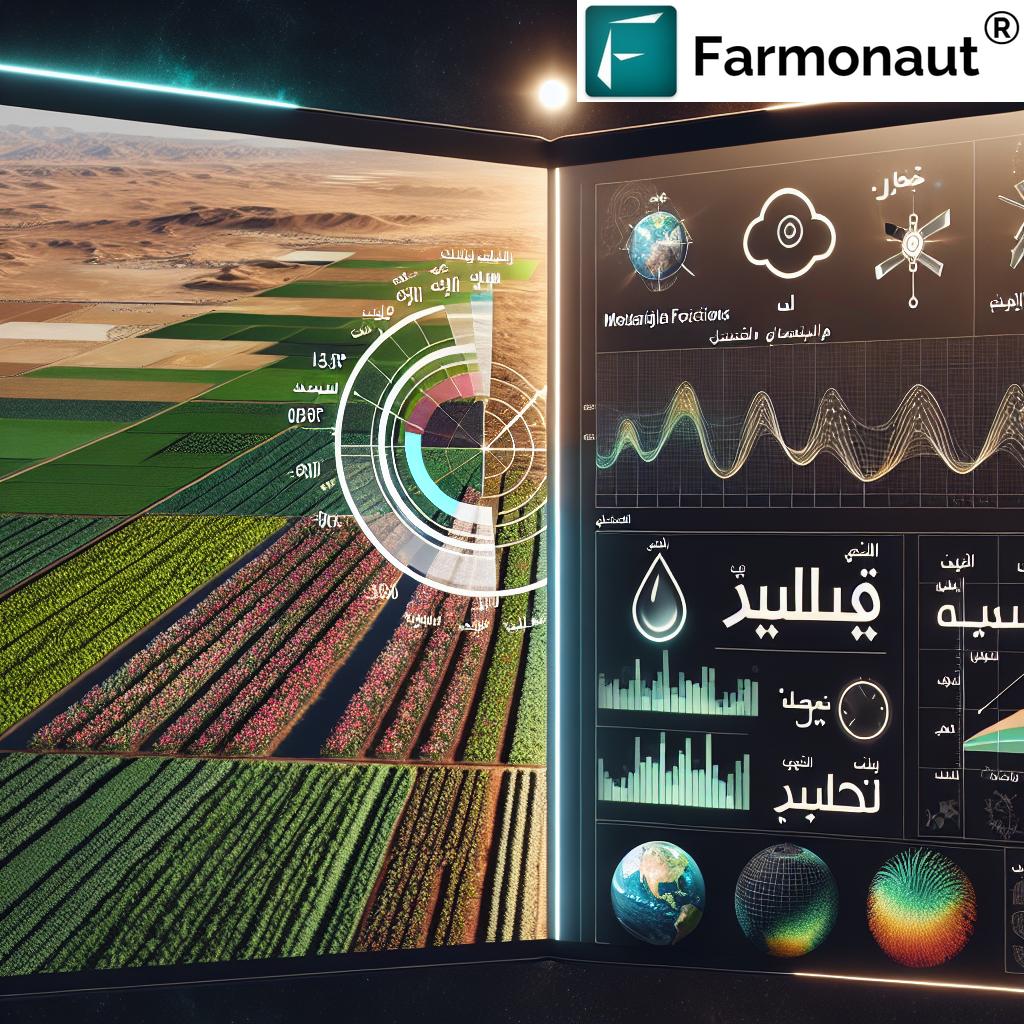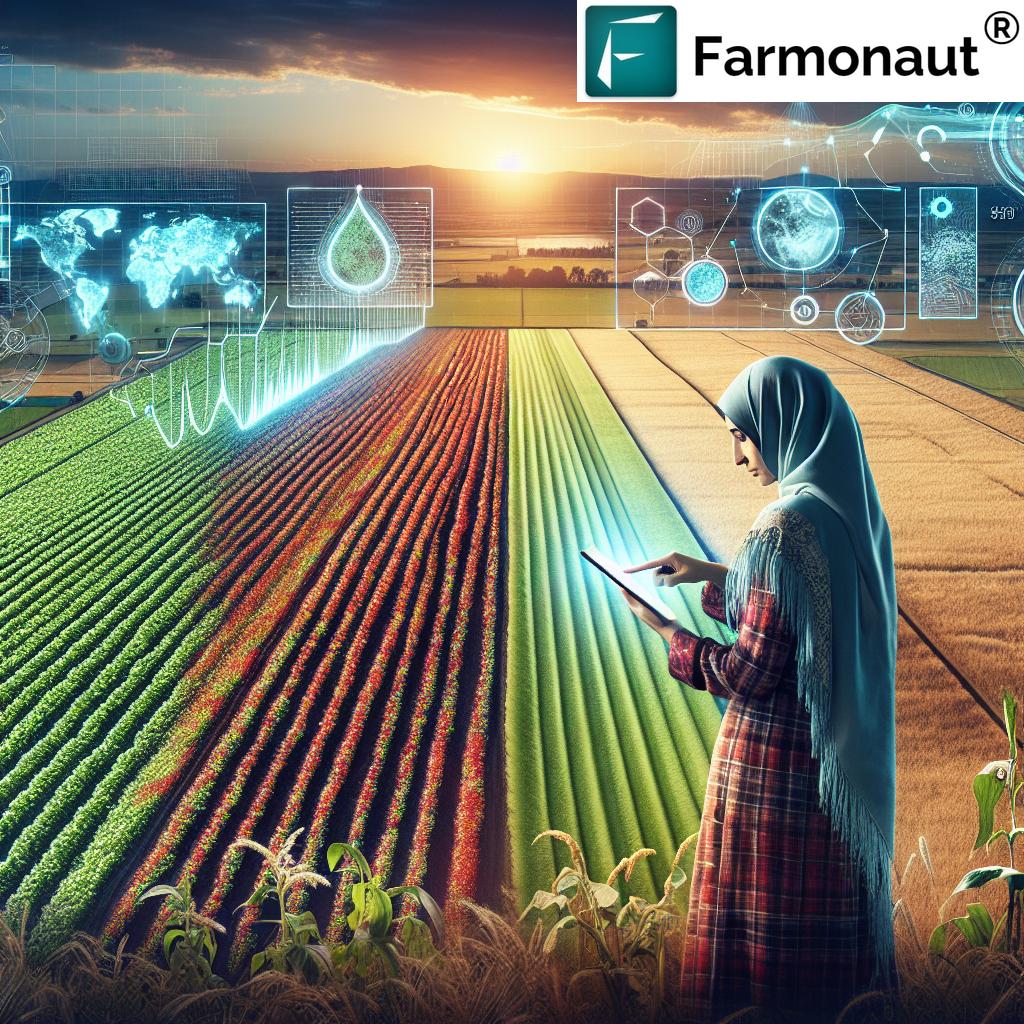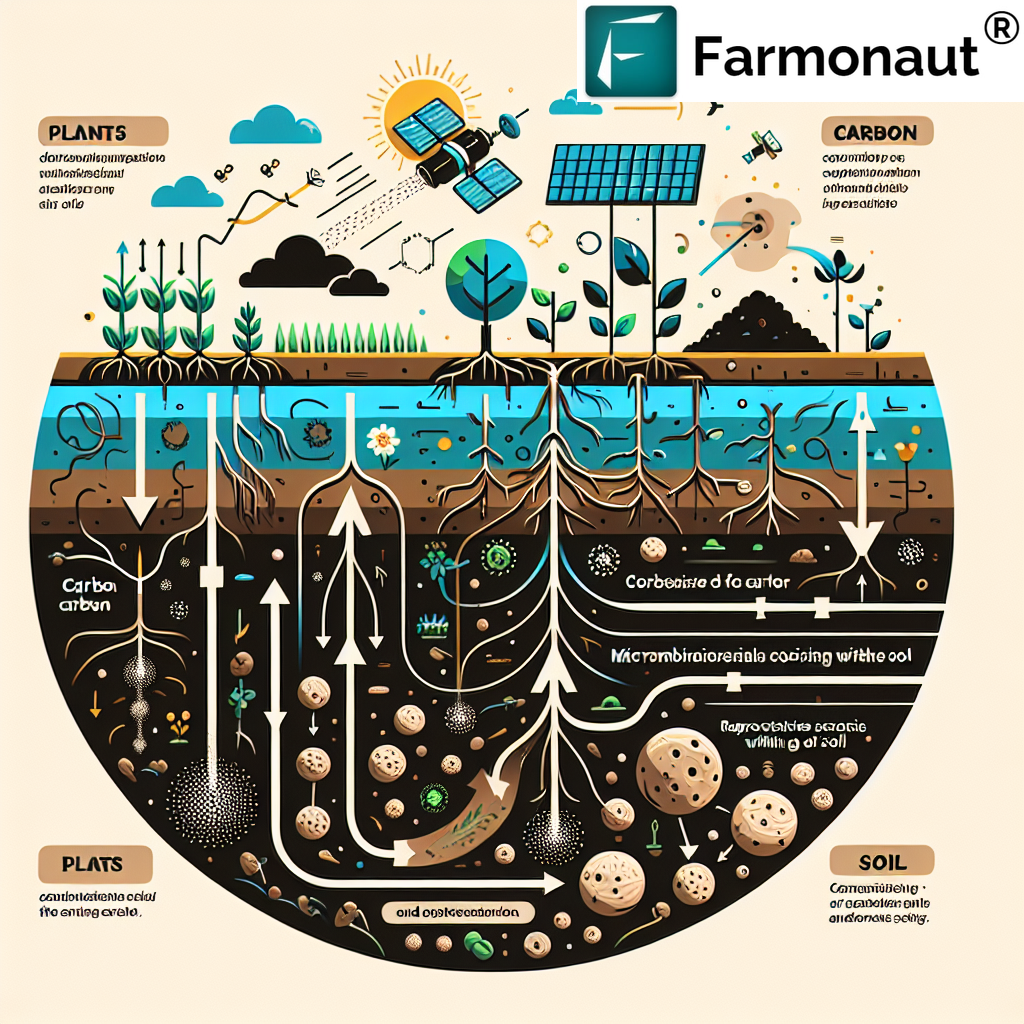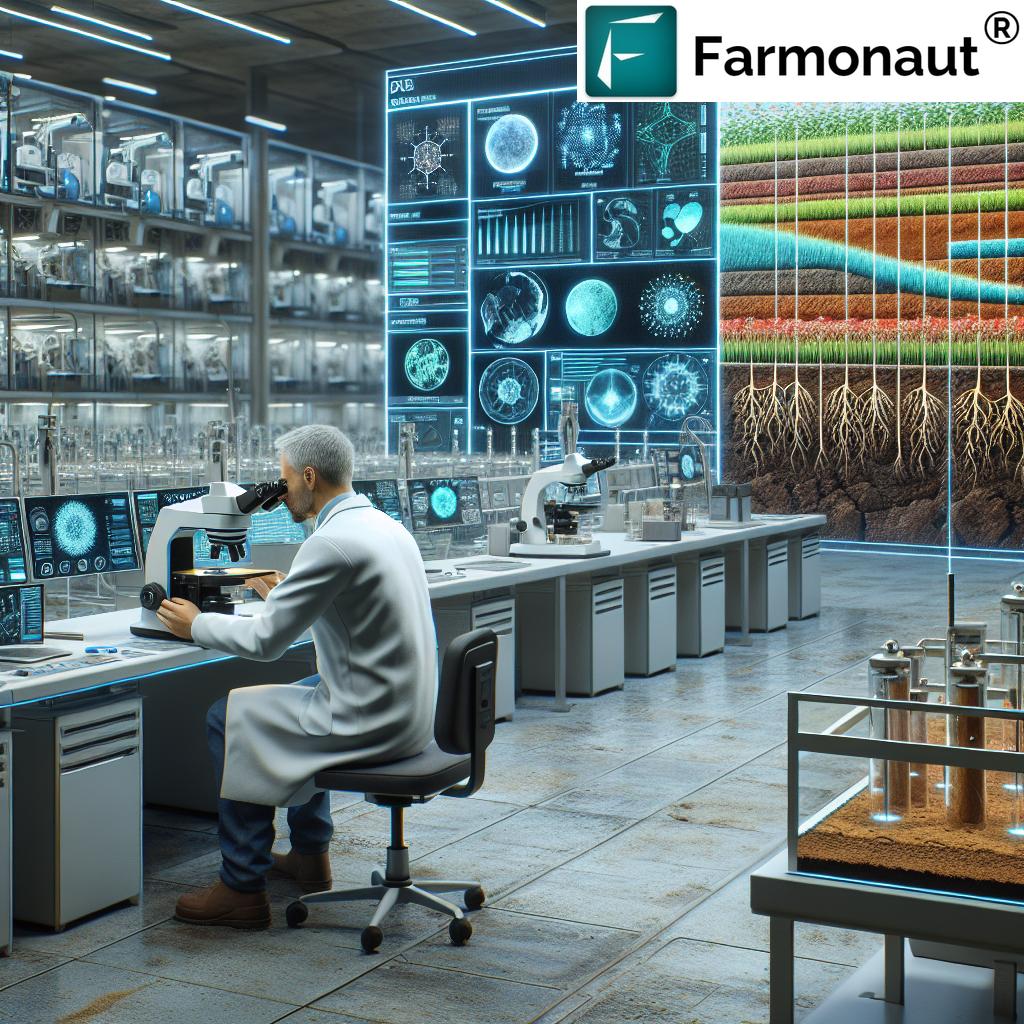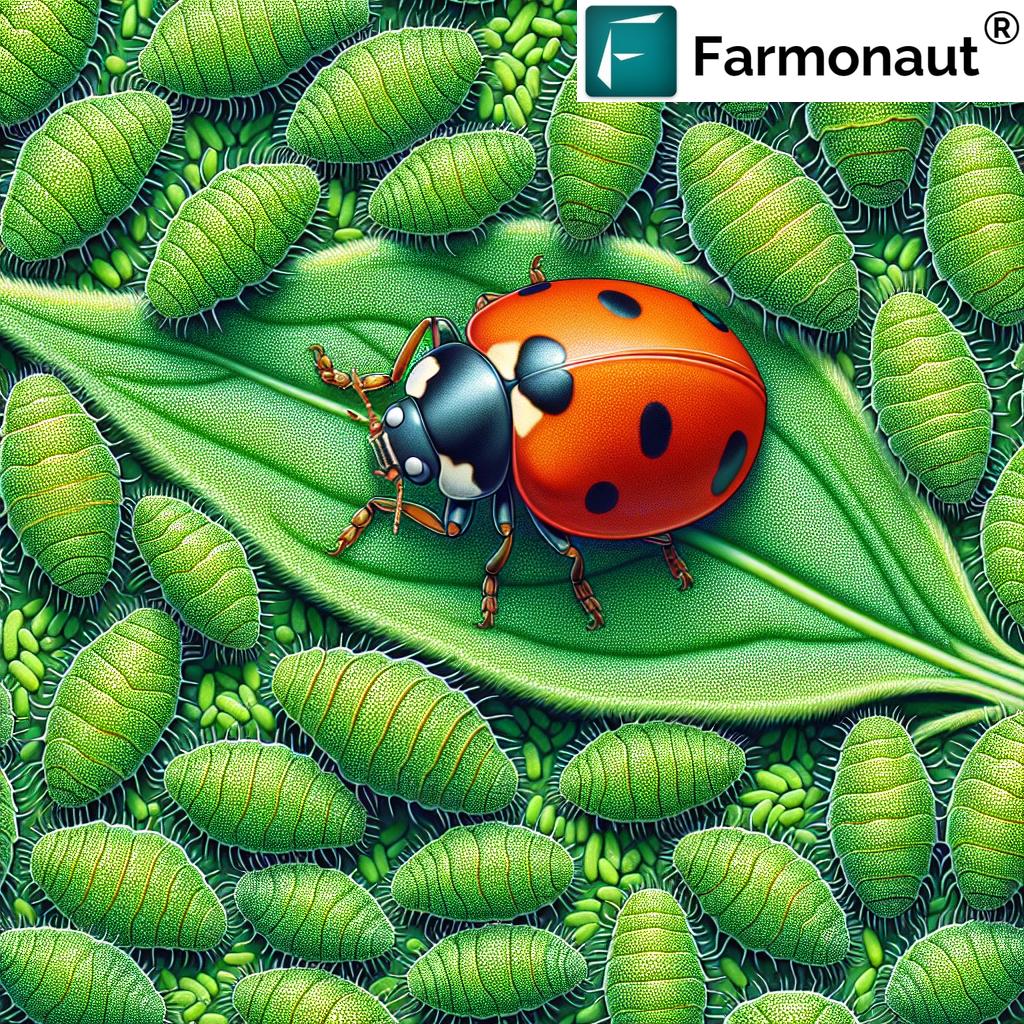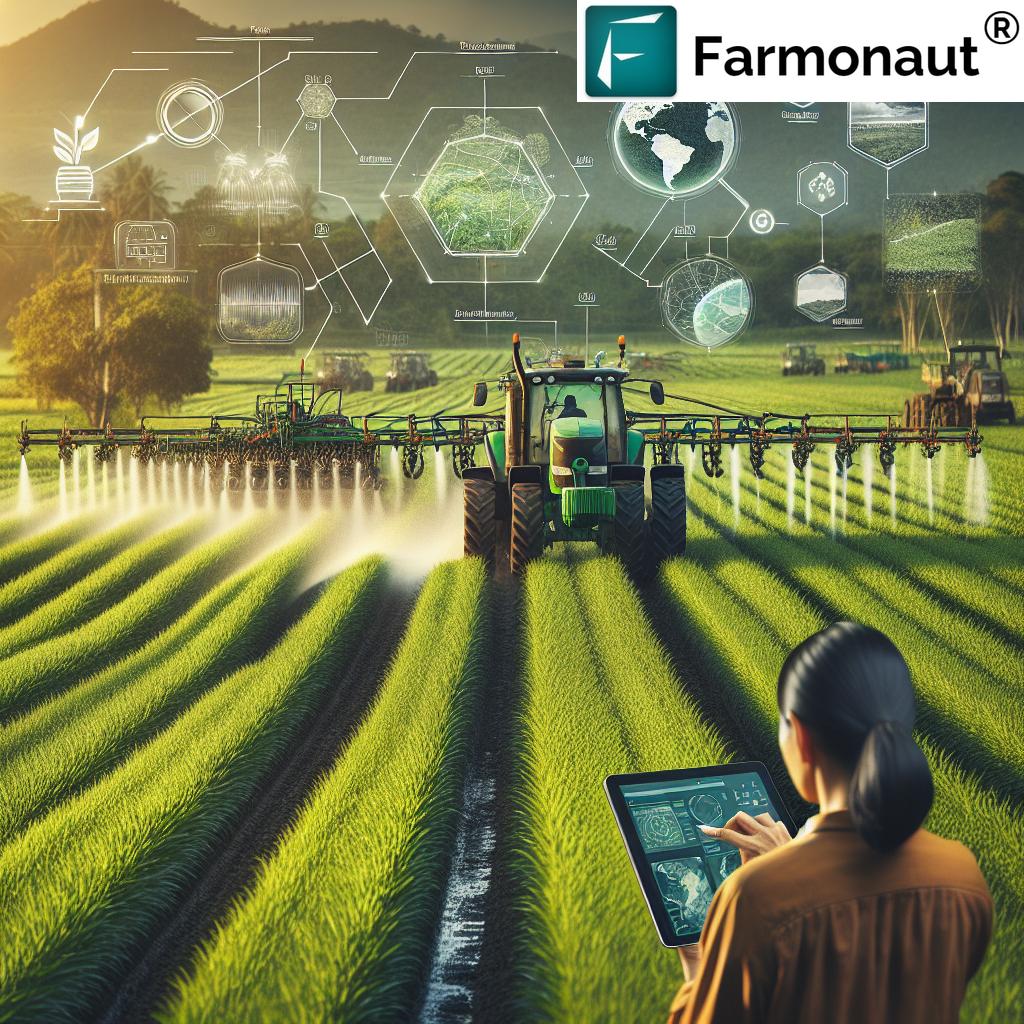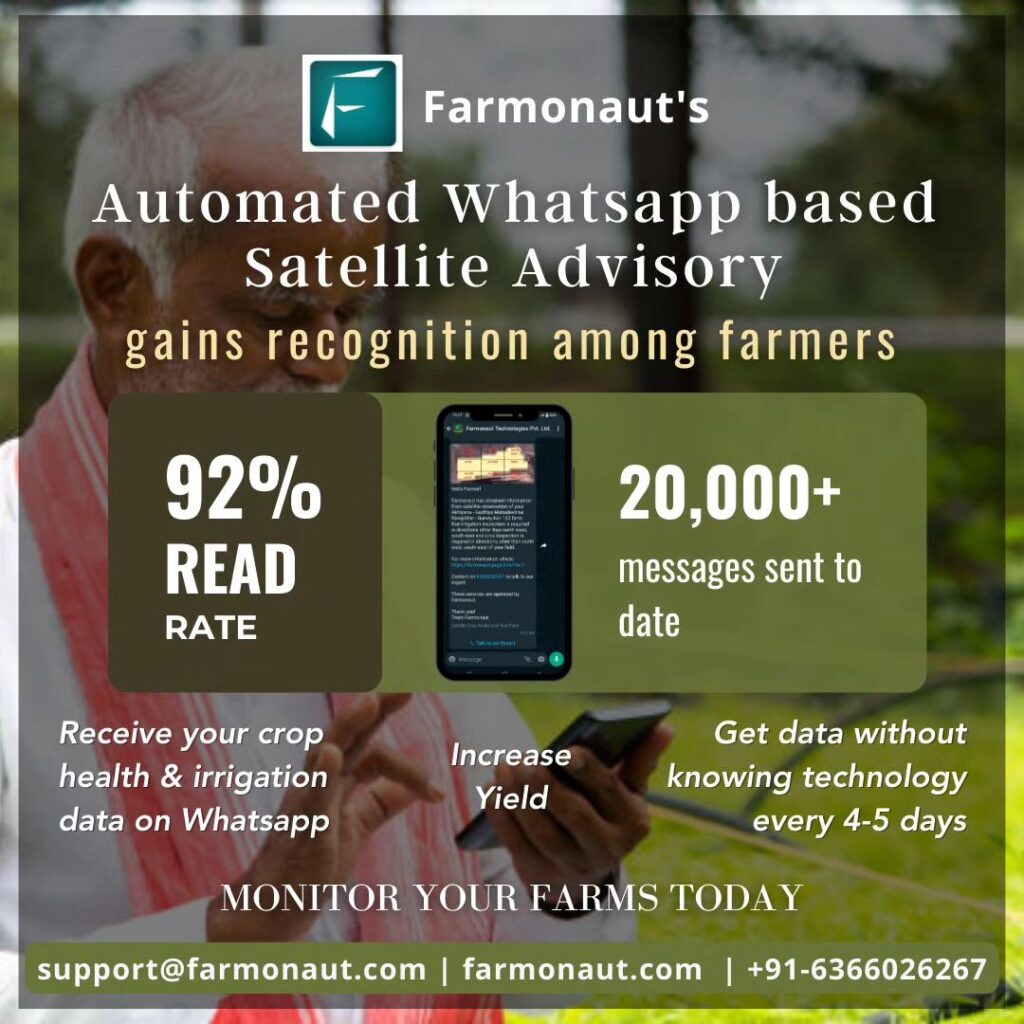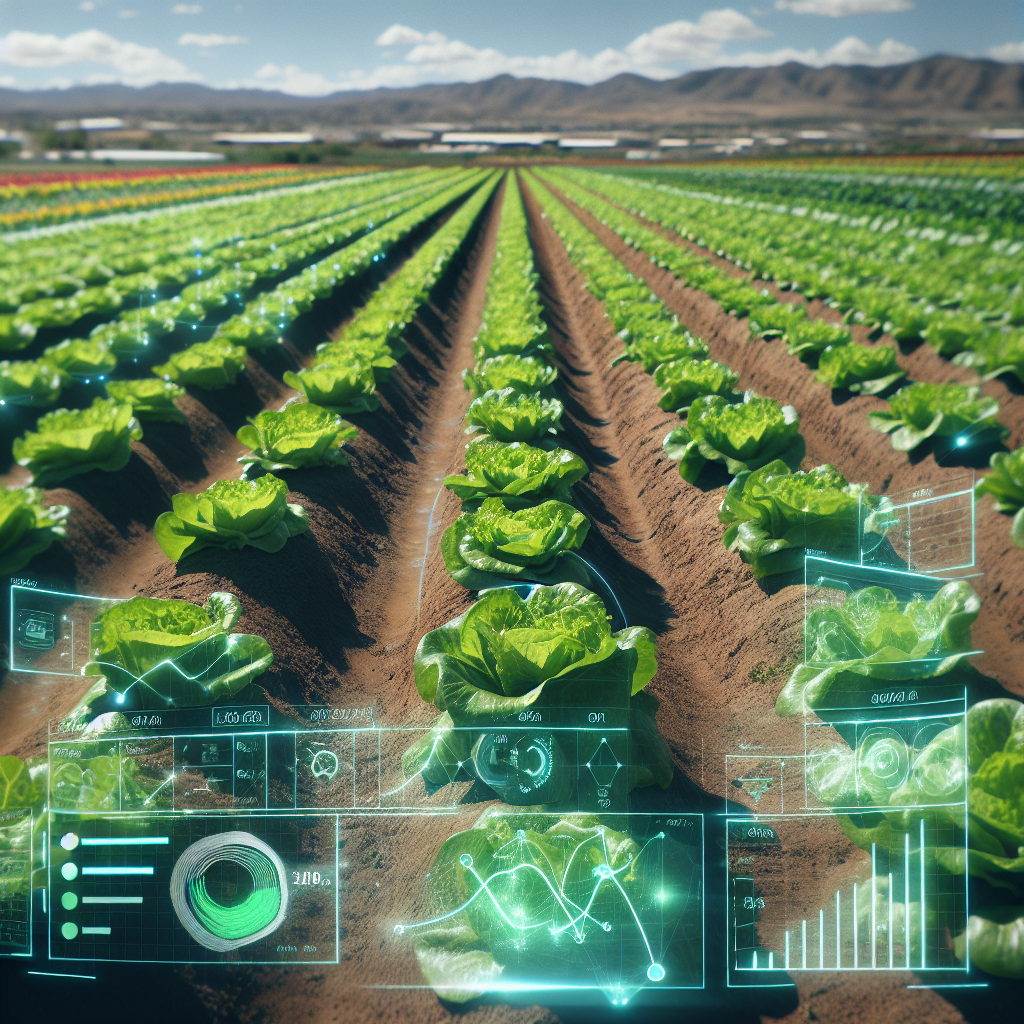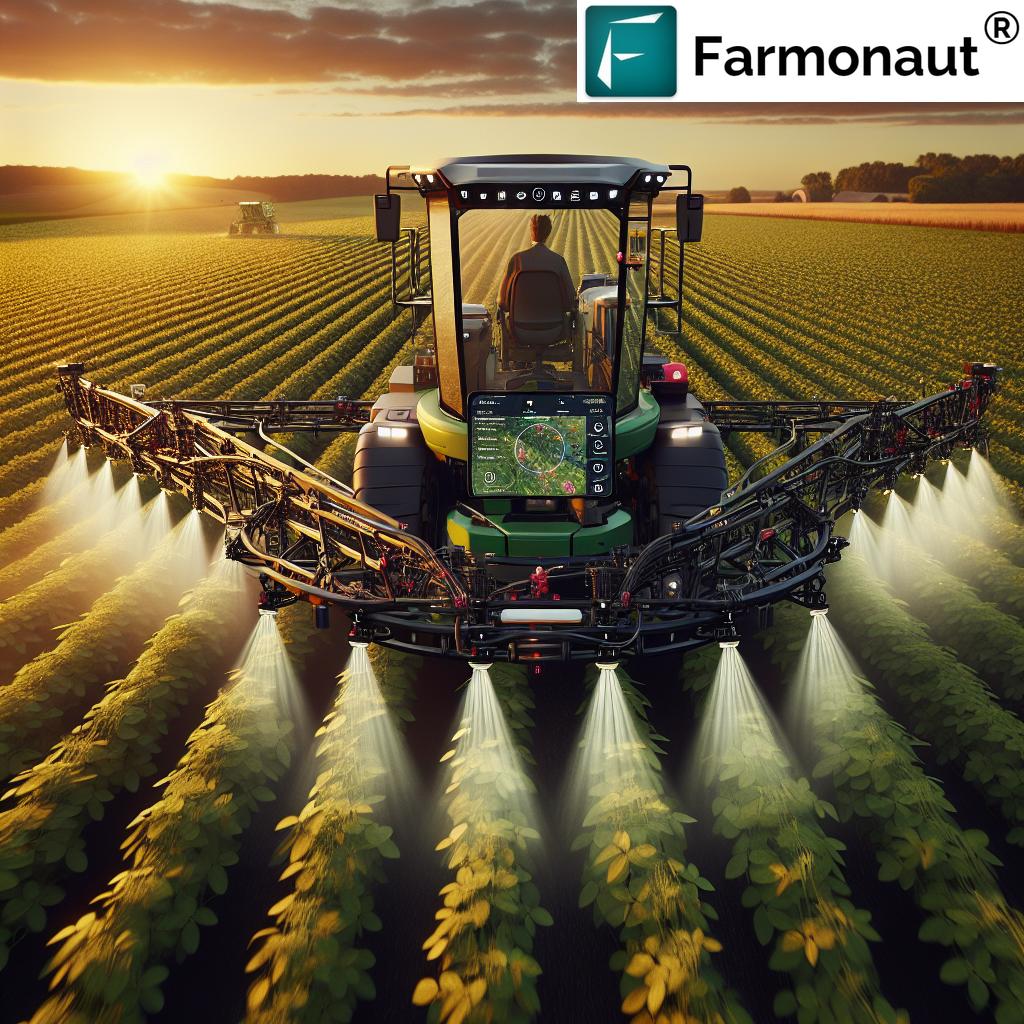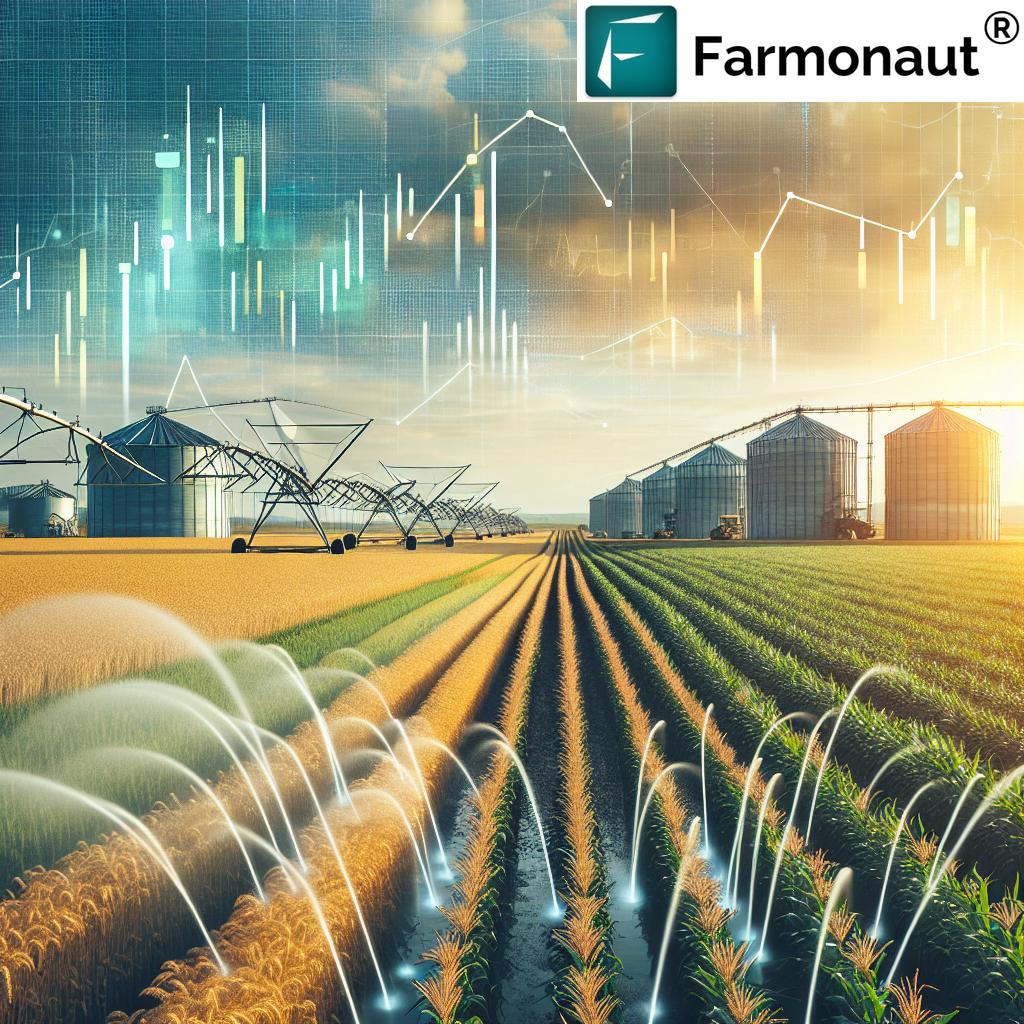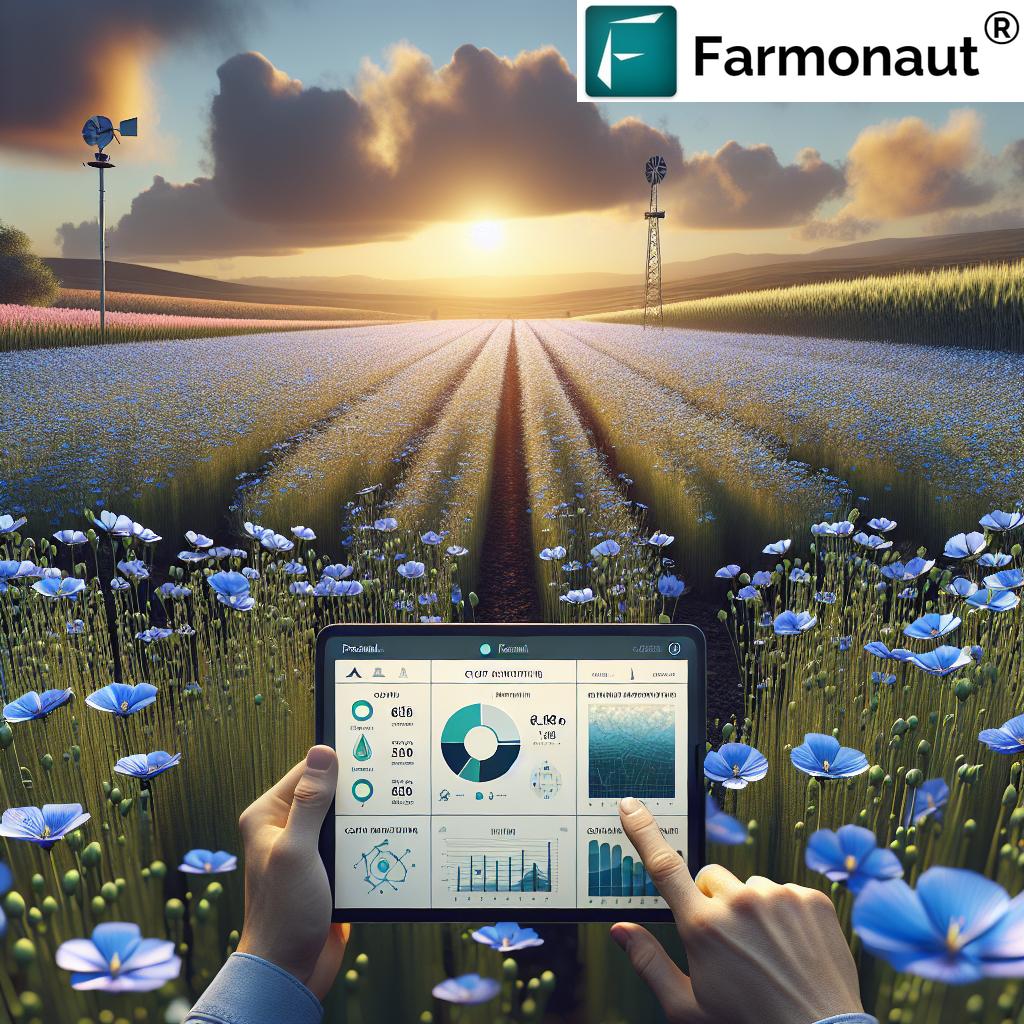Water Conservation Technology: 12 Farming Hacks Exposed!
Introduction: Why Water Conservation in Agriculture Matters
As we navigate the harsh reality of global water scarcity, water conservation in agriculture emerges as a cornerstone of sustainable food production, ecosystem health, and climate change resilience. For farmers, agribusinesses, and policymakers alike, effective water management is no longer optional—it’s essential for sustaining yields, enhancing soil health, and maintaining the productivity of our lands.
Water is both a finite and invaluable resource. With increasing population pressures and the ever-present impacts of climate change, optimizing its use across farming, forestry, and crop production means adopting sustainable farming practices, embracing innovative technologies, and applying data-driven methods to conserve, reuse, and manage every drop.
In this comprehensive guide, we unveil twelve proven technologies and hacks—from drip irrigation systems and soil moisture sensors, to traditional techniques like the Zaï technique—that will revolutionize agricultural water usage for better yields and a healthier environment.
Let’s embark on a journey to discover how farmers, agribusinesses, and organizations worldwide can future-proof their operations through smarter, eco-friendly water conservation solutions.
“Drip irrigation can reduce water usage in farming by up to 60% compared to traditional methods.”
Top 12 Water Conservation Farming Hacks & Technologies
Let’s explore the twelve most effective water conservation technologies and sustainable farming practices proven to improve water use, crop yields, and environmental health across a wide range of agricultural regions and cropping systems.
-
1. Drip Irrigation Systems – Precision Water Delivery
Drip irrigation systems are a game-changer in water conservation for agriculture. Here, water is delivered directly to the plant roots through a network of tubes, pipes, and emitters. This method minimizes evaporation, reduces runoff, and ensures optimal use by targeting the precise zone where water is needed most.
- Delivers consistent moisture and nutrients to crop roots
- Can save up to 50–60% more water compared to traditional irrigation methods
- Reduces weed growth and soil erosion
Where it fits best: Drip systems are highly beneficial in semi-arid regions, fruit orchards, vineyards, and horticultural farming.
Discover how Farmonaut’s Agro Admin App leverages real-time data for optimizing irrigation and boosting crop yields safely and sustainably.
-
2. Soil Moisture Sensors – Data-Driven Water Management
Soil moisture sensors revolutionize irrigation by providing real-time feedback on soil water content. By integrating these precise sensors into irrigation systems, we can apply water only when and where it’s needed.
- Sensors measure the moisture levels at various soil depths
- Automation enables optimized irrigation schedules, enhancing crop health and reducing waste
- Useful for both large-scale farming operations and precision vegetable plots
By adopting this technology, overwatering is prevented, resource waste is minimized, and crop growth improves.
“Soil moisture sensors help farmers cut irrigation water waste by as much as 30% annually.”
-
3. Rainwater Harvesting for Agriculture – Tapping Nature’s Resource
Rainwater harvesting involves collecting and storing precipitation for use during dry periods. Key systems include rooftop collection, surface runoff tanks, and farm ponds. This method:
- Reduces reliance on groundwater and municipal supplies
- Secures a reliable source during droughts
- Is easily scalable for both small farms and larger agricultural operations
Rainwater harvesting is especially effective in regions with seasonal rainfall and supports eco-friendly water conservation in agriculture.
-
4. Precision Agriculture Technologies – Data-Backed Efficiency
Precision agriculture technologies like GPS, remote sensing, and analytics allow us to optimize irrigation, fertilizer, and resource allocation with unrivaled precision.
- Monitor soil moisture, crop health, and water usage in real time
- Enable targeted application, reducing resource waste and improving yields
- Support data-driven decisions for every field, plot, and season
Farmonaut’s satellite-based crop monitoring platform epitomizes precision agriculture. Leveraging multispectral imagery, it provides actionable insights on vegetation health, irrigation effectiveness, and more—empowering farmers and large-scale farm managers to enhance productivity while conserving resources.
Learn more about our crop & resource management tools. -
5. Conservation Tillage Methods – Soil’s Moisture Armor
Conservation tillage involves reducing soil disturbance by minimizing plowing and retaining crop residues on the field. The benefits include:
- Lower rates of soil evaporation and improved moisture retention
- Prevention of soil erosion and degradation
- Sustained organic matter and soil structure—vital for crop health
This sustainable farming practice is often applied in wheat, corn, and soybean cultivation, contributing to both water and soil conservation.
-
6. Agroforestry and Cover Cropping – Nature’s Water Managers
Agroforestry and cover cropping blend trees and non-cash crops (like clover, rye, or alfalfa) into farmland systems. Their advantages include:
- Enhanced soil moisture retention and improved soil health
- Reduced erosion by providing year-round soil cover
- Boosted biodiversity and income diversification for farmers
Agroforestry is especially suitable for sustainable, multipurpose landscapes and climate-smart agricultural regions.
-
7. Zaï Technique – Water Harvesting for Degraded Lands
The Zaï technique is a traditional, yet powerful, water conservation hack used in the Sahel and other semi-arid regions. Small planting pits are dug and filled with biodegradable waste and compost. The process:
- Captures and focuses rainwater and organic matter exactly where seeds are sown
- Restores nutrient-poor soils, helps reclaim degraded land
- Leads to significant yield increases in dry, vulnerable regions
-
8. Contour Plowing – Taming the Slope
Contour plowing involves aligning planting furrows along the elevation contours of a slope rather than up and down. This timeless technique:
- Provides natural water breaks, reducing runoff and erosion risk
- Allows more time for infiltration and recharge of soil moisture
- Is best applied on rolling hills and sloping farmlands
-
9. Greenhouse Technology – Climate-Smart Water Efficiency
Greenhouse technology creates a controlled environment for crops, slashing water usage due to lower evapotranspiration and weatherproofed irrigation.
- Integration with drip irrigation systems maximizes savings
- Highly efficient for high-value vegetables, berries, nursery production
- Enables year-round farming adaptation to climate change
-
10. Retaining Stubble/Low Tillage – Moisture Retention Champions
Retaining crop stubble and practicing low or zero tillage:
- Prevents soil exposure and excessive water loss via evaporation
- Enhances soil structure and organic content
- Increases yields through improved moisture management
Widely used in China and other water-limited agricultural regions, this practice conserves both soil and water for future crops.
-
11. Alternate Wetting and Drying (AWD) Rice – Smarter Paddy Practices
The alternate wetting and drying (AWD) technique is a transformative water management strategy in rice cultivation. Fields are intentionally allowed to dry for set periods before flooding again.
- Reduces total irrigation water usage by up to 30%
- Cuts greenhouse gas emissions from rice paddies
- Maintains or even improves rice yields
Farmonaut’s automated detection system for AWD phases helps rice farmers time their irrigation events with precision, boosting water savings and crop performance. Explore our monitoring tools.
-
12. Deficit Irrigation Techniques – Doing More With Less
Deficit irrigation focuses water applications on the crop growth stages most sensitive to drought while minimizing irrigation during hardier phases.
- Maximizes water productivity per drop
- Significantly reduces water usage without substantially sacrificing yield
- Cost-effective and adaptable to many crop types
Comparative Feature & Impact Table: 12 Water Conservation Farming Hacks
| Farming Hack/Technology | How It Works | Estimated Water Savings (%) | Cost Level ($–$$$) | Sustainability Impact | Best Suited For (Crop/Region) |
|---|---|---|---|---|---|
| Drip Irrigation Systems | Delivers water directly to crop roots using a network of tubes & emitters | 30-60% | $$ | Reduces evaporation/runoff, boosts yields | Fruits, vegetables; semi-arid areas |
| Soil Moisture Sensors | Monitors soil water content for optimized irrigation scheduling | 20-35% | $-$$ | Prevents over-irrigation, reduces waste | All crops; large & small farms |
| Rainwater Harvesting | Collects and stores rainwater for agricultural use | 10-20% (seasonal supplement) | $-$$ | Reduces groundwater dependency | Rain-prone & water-scarce areas |
| Precision Agriculture Technologies | Uses GPS, remote sensing, and analytics to manage inputs | 15-30% | $$-$$$ | Increases efficiency, saves resources | All crops; high-tech farms |
| Conservation Tillage | Reduces plowing, retains crop residues to preserve moisture | 20-25% | $ | Prevents erosion, enhances soil | Wheat, corn, soybeans; flatlands |
| Agroforestry & Cover Cropping | Integrates trees/cover crops for moisture retention & erosion control | 10-30% | $-$$ | Biodiversity, soil enrichment | Erosion-prone & dry regions |
| Zaï Technique | Digs pits for water/compost in degraded soils, restores fertility | 20-40% | $ | Land rehabilitation, yield boost | African drylands, semi-arid |
| Contour Plowing | Plows along land contours, reducing runoff/erosion | 10-20% | $ | Prevents soil loss, improves infiltration | Hills, sloping fields |
| Greenhouse Technology | Reduces evaporation with controlled climates/efficient irrigation | 30-50% | $$$ | Year-round production, high value crops | Vegetables, flowers; intensive farms |
| Retaining Stubble/Low Tillage | Leaves residues on field, reduces soil evaporation | 10-20% | $ | Boosts soil health/yields | Cereal crops; water-limited areas |
| Alternate Wetting & Drying (AWD) | Cyclically floods and dries rice fields | 20-35% | $ | Cuts methane emissions, saves water | Rice; SE Asia, South Asia |
| Deficit Irrigation | Irrigates only during critical drought phases | 20-40% | $ | Water productivity per drop/higher | Fruits, cereals, water-limited |
Farmonaut’s Role in Precision Agriculture & Water Conservation
As sustainable agriculture shifts towards technology-driven solutions, Farmonaut stands at the forefront by enabling cost-effective precision agriculture technologies for all.
1. Satellite-Based Crop Health & Soil Moisture Monitoring
- Real-time, remote crop monitoring: Using multispectral satellite imagery, Farmonaut delivers key metrics like NDVI (crop vigor) and soil moisture—supporting smarter irrigation management and early stress detection.
- Optimize your yields: From small plots to hundreds of hectares, farmers can address plant health issues, implement water-saving hacks, and maximize productivity with minimal input waste.
2. Jeevn AI Advisory & Data-Driven Decisions
- Farmonaut’s Jeevn AI system analyzes weather patterns, field data, and remote sensing for tailored advice, keeping irrigation optimal and conserving water across every season.
- Benefit for all: Affordable by design, it brings advanced decision-making to individual farmers and large agribusinesses alike.
3. Traceability, Resource Management & Eco-Compliance
- Blockchain-based traceability secures the journey from farm to market, building transparency for sustainably-grown produce.
- Carbon footprint tracking helps farms monitor environmental impact, comply with sustainability mandates, and join the global fight against climate change.
- Fleet and resource management tools streamline operations—saving time, reducing costs, and ultimately, conserving water and energy resources.
4. Enhanced Access & Integration
- Accessible platforms: Manage your farm on-the-go with Farmonaut’s web/mobile app or integrate data through our public API.
- Developer friendly: Unlock detailed field data and weather analytics for research or commercial use. Get started with the developer docs!
Farmonaut Subscriptions
Affordable, scalable, and tailored for everyone—from individual fields to nationwide farm networks, Farmonaut’s subscription-based model puts precision agriculture and sustainable resource management at your fingertips.
Frequently Asked Questions About Water Conservation Technology in Agriculture
Why is water conservation so important for agriculture?
Water is essential for crop growth, yet global supplies are under threat from climate change and increased demand. Water conservation in agriculture helps maintain sustainable productivity, protects soil health, and supports long-term food security.
What is precision agriculture and how does it save water?
Precision agriculture uses technologies like GPS and satellite data to apply water, fertilizer, and pesticides only where and when needed, boosting efficiency, preventing waste, and maximizing yields with fewer resources.
How do soil moisture sensors help optimize irrigation?
Sensors measure real-time soil water content. By irrigating only when necessary, soil moisture sensors can prevent overwatering, reduce water waste, and ensure plants get optimal moisture for growth.
Are these water-saving technologies expensive?
Costs vary depending on the system. Simple practices like conservation tillage and contour plowing require minimal investment. Technologies like drip irrigation systems and greenhouse technology involve higher upfront costs but pay off through substantial water savings and yield gains over time.
How can Farmonaut help my farm become more sustainable?
Farmonaut’s affordable solutions—ranging from satellite crop health monitoring to carbon footprint tracking and blockchain traceability—put the power of precision agriculture, sustainability, and transparency in your hands. You can get started today via app and web platforms.
Conclusion: Driving Sustainable Yields & Secure Futures
Water conservation technology is no longer just an eco-friendly trend—it’s the foundation of resilient, future-focused farming and forestry. By implementing proven hacks from drip irrigation systems and soil moisture sensors to precision agriculture techniques and sustainable tillage methods, we can do much more than just save water.
We safeguard our crops, conserve our soils, enrich our environment, and empower the next generation of farmers to manage resources with wisdom and care.
Ready to make your farm sustainable, productive, and climate-resilient? Download the Farmonaut app, monitor your fields from anywhere, and start implementing smart, sustainable water strategies today.


